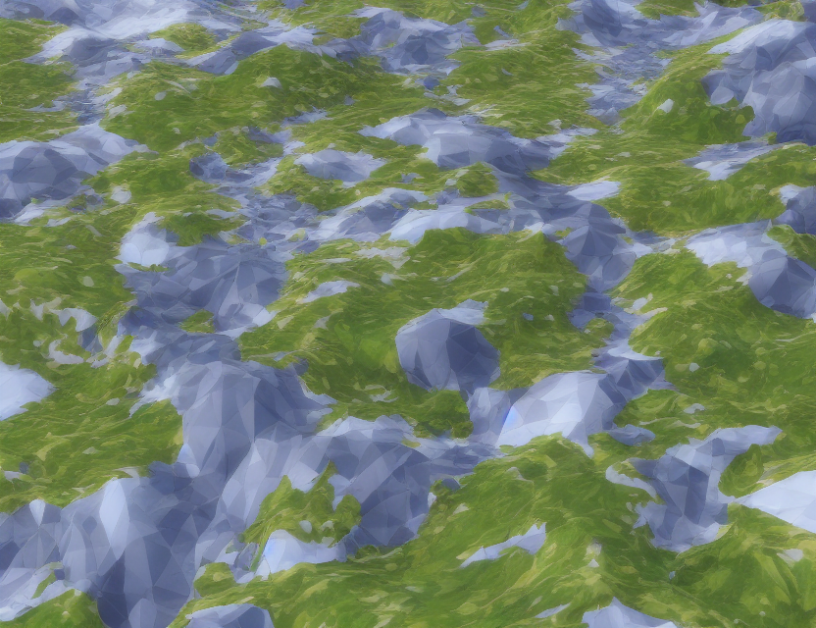In this article, we present NowcastNet, a novel deep learning model for predicting precipitation from satellite data. Our approach leverages Adam optimizer and cosine annealing learning rate with linear warm-up to improve the accuracy of precipitation predictions. We use mean squared error as the loss function in the initial epochs, which is then replaced with weighted mean absolute error in later epochs to account for rare but high-value precipitation events.
To ensure that our model doesn’t only fit dominant low-value precipitation events, we calculate pixel-wise weights using min(1 + y, 24) where y is the target precipitation rate. This helps the network learn less frequent but high value precipitation events and avoid overfitting to dominant patterns.
We evaluate our model on a larger context area of 3024 × 3024 km with 11 different satellite channels, each with 252 × 252 dimensions. We also use precipitation data for a central area of 504 × 504 km with a grid size of 2 × 2 km to compare our model’s performance with the Operational Precipitation Analysis (OPERA) based precipitation data.
Our results show that NowcastNet outperforms OPERA in terms of mean absolute error and mean squared error for most prediction times. We also observe that our model improves over time, with a significant reduction in mean absolute error from the initial to the final epoch.
In summary, NowcastNet is a powerful deep learning model for precipitation nowcasting that leverages satellite data to improve accuracy and account for rare but high-value precipitation events. By using an effective combination of optimizers and loss functions, we demonstrate improved performance compared to existing methods and highlight the potential of our approach for real-world applications.
Atmospheric and Oceanic Physics, Physics
Nowcasting Precipitation with Generative Diffusion Models



